I had suggested to Bob that we visit the new track that goes from Bald Hill down to Stanwell Park, to the south of Royal National Park. This will form part of a greater walk from Kurnell, all the way along the coast, with a ferry trip from Cronulla to Bundeena, then the Road Coast Track, and then down Bald Hill, and back along the Wodi Wodi Track to Sublime Point and beyond. The Bald Hill section had been completed, so we should check it out. And then we could visit some nearby railway tunnels.
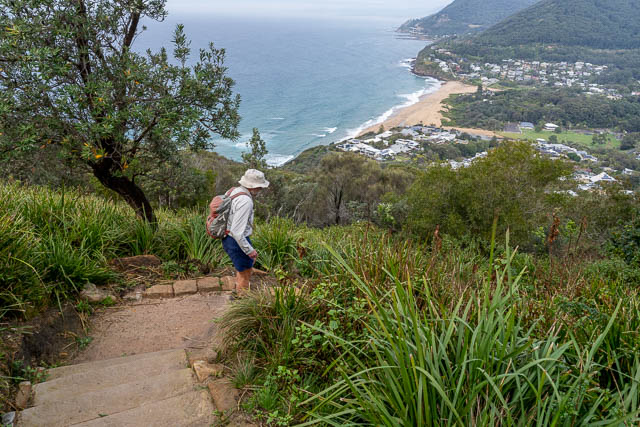
The trip worked out very well. We ended up doing the new track (it didn’t take long), then returning via the old Otford Tunnel, and then back along another track to Bald Hill. Then we headed to Helensburgh and visited three more disused tunnels – the Metropolitan Tunnel, the Helensburgh Tunnel and the Cawley Tunnel. Then we had time left over to visit two heritage horse troughs near Audley in Royal National Park.
Here is the view from Bald Hill, where Bob parked.
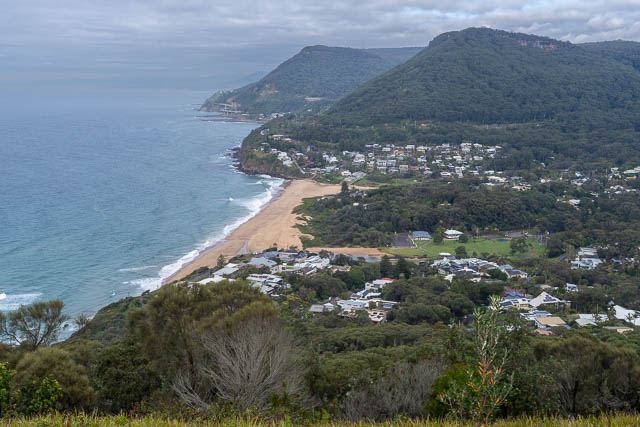
The track leaves from the lower carpark at Bald Hill.

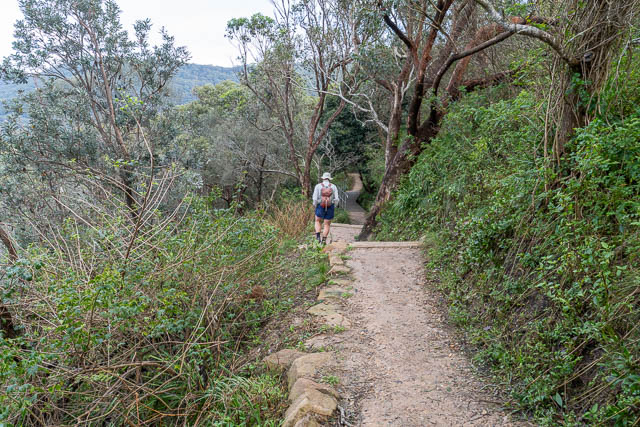
The track is well made with lots of steps. The only views are near the top as it soon enters forest.

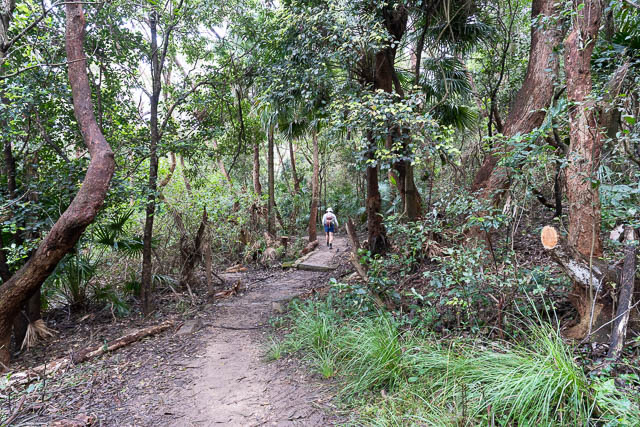
It did not take long to reach the bottom – about 12 minutes. So i twas good that we had more places to see to fill in the day.

A shot way along this road is the southern portal to the old Otford Tunnel.
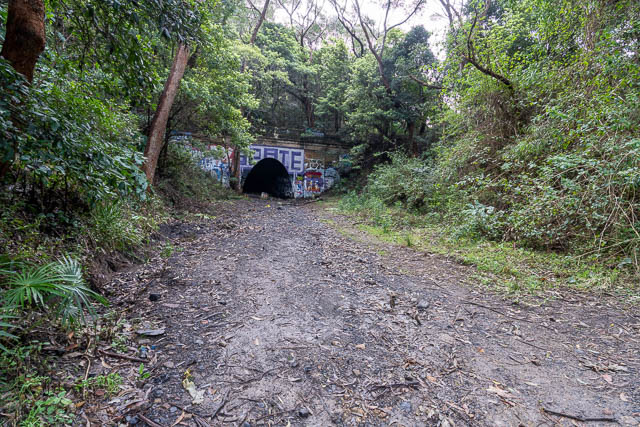
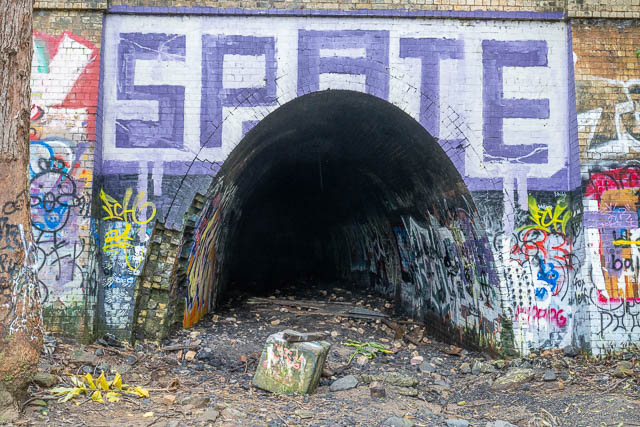
This tunnel is about 1.5 km long.
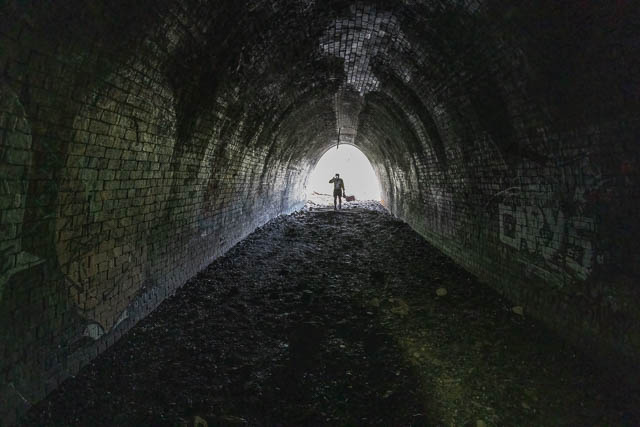
The first part had been blown up early in WWII to stop potential Japanese soldiers using it during an invasion. This part has been cleared – and has a different roof.

Once round a bend, you can see the northern portals long way off.
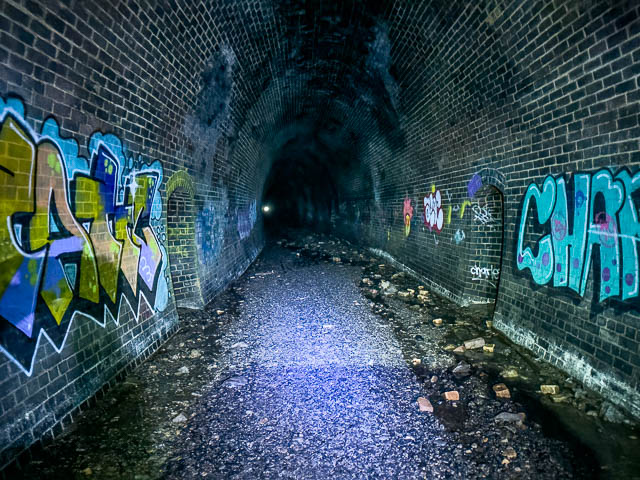
About half way through, and easy to miss, is an old ventilation shaft.

A bit past this is an old tractor, a relic from days when the tunnels was used to grow mushrooms.
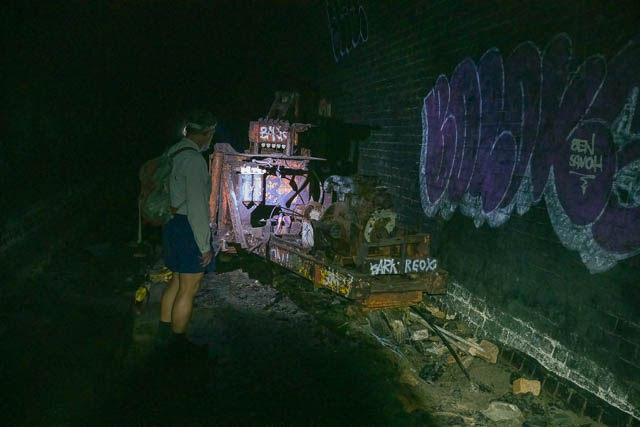
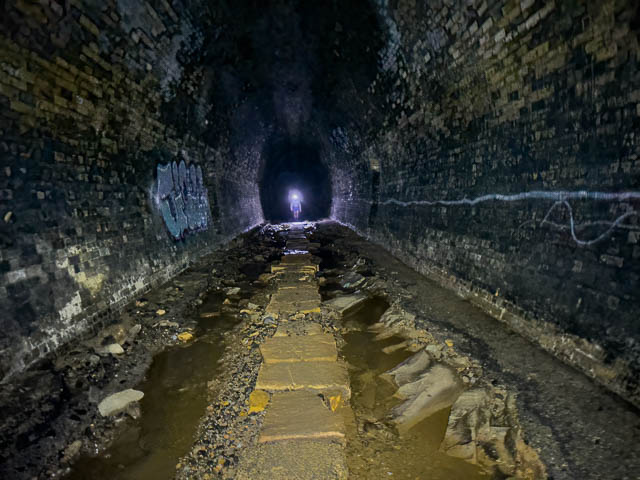

Here is the northern portal –
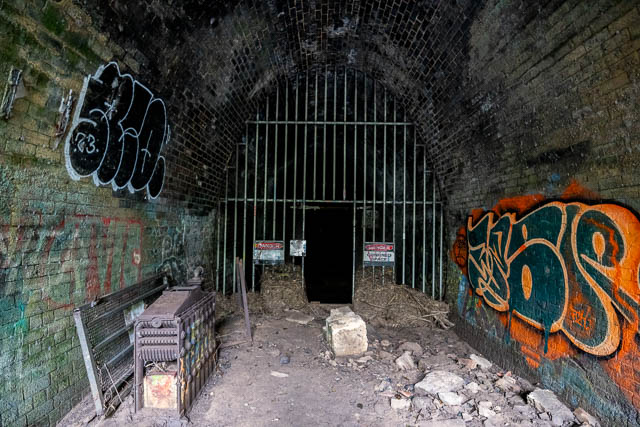
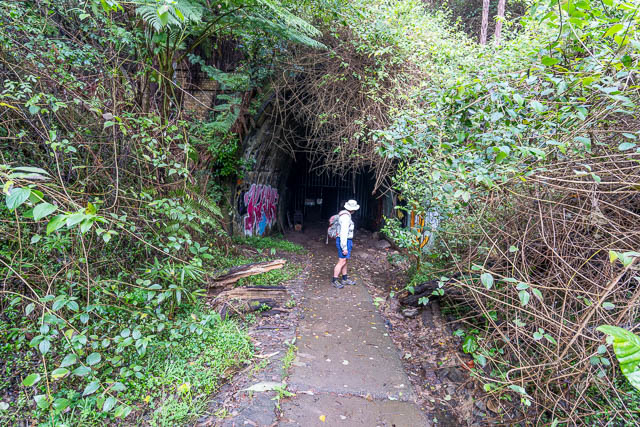
Then you can follow a cutting and track that leads to Otford Station. We saw a lot of birdlife along this bit –
Eastern Yellow Robin
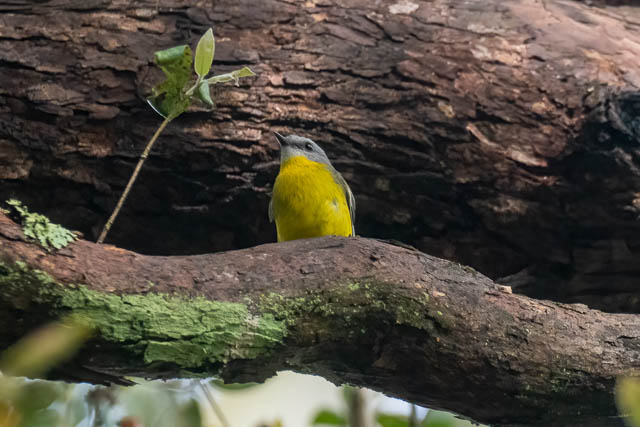
Eastern Whipbird
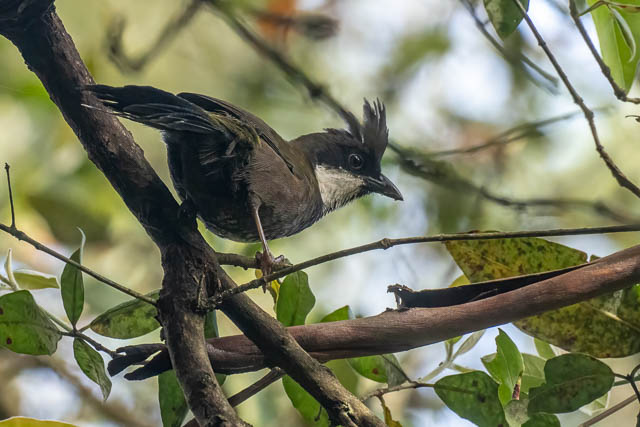

Thornbill

We then climbed up the very steep path to the main road and the lookout back along the coast of Royal National Park.
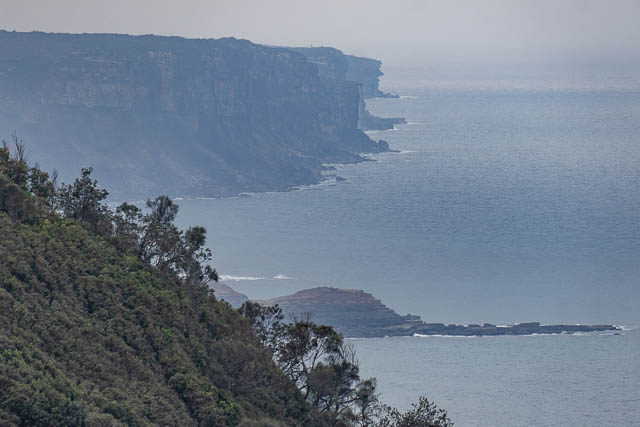
Superb Fairy-wrens
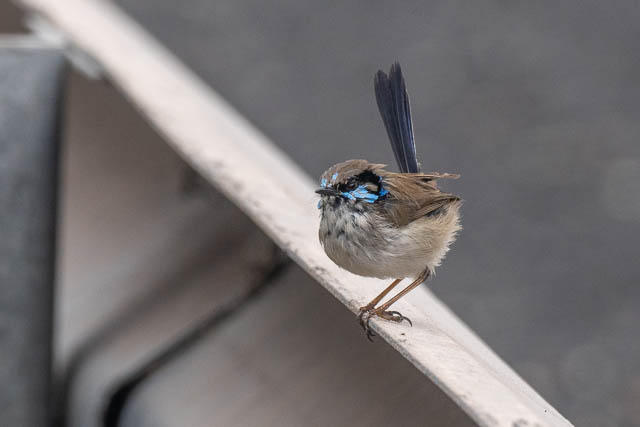

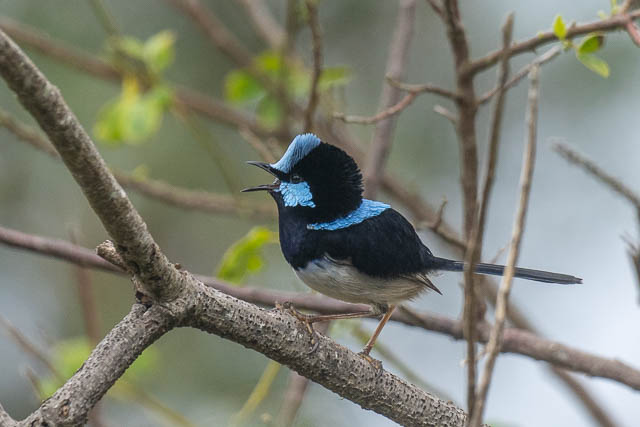
We followed a track, at first along the side of the road, then around the side of a hill. It took us back to Bald Hill.
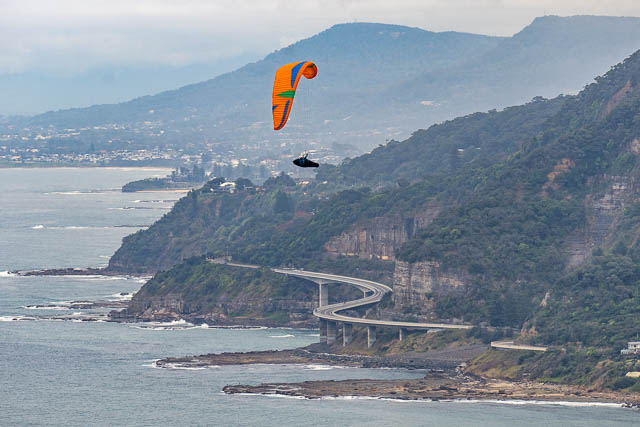
Now to Helensburgh. First, a visit to the Metropolitan Tunnel near the old station –
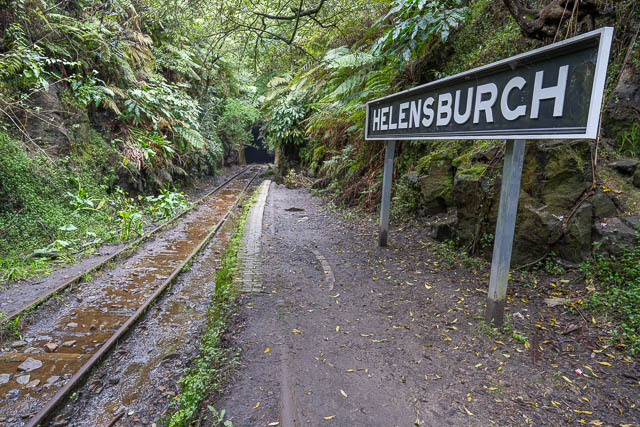
Both outside the tunnel and inside was very muddy, so we did not go too far.

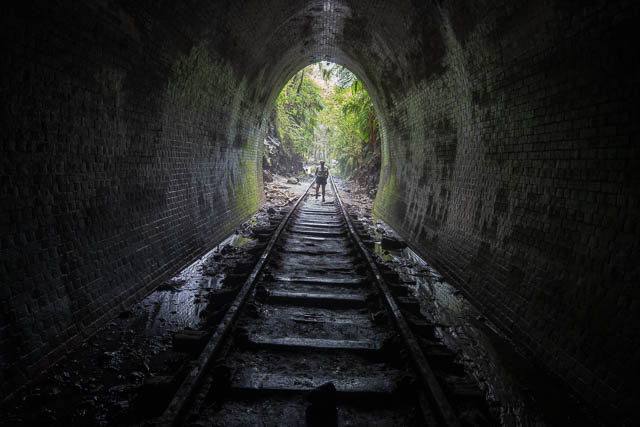
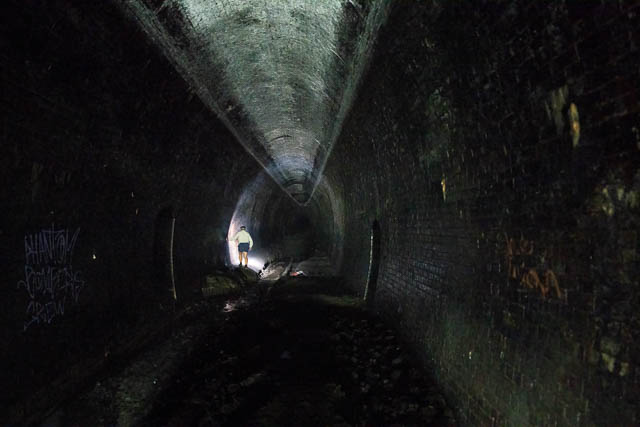
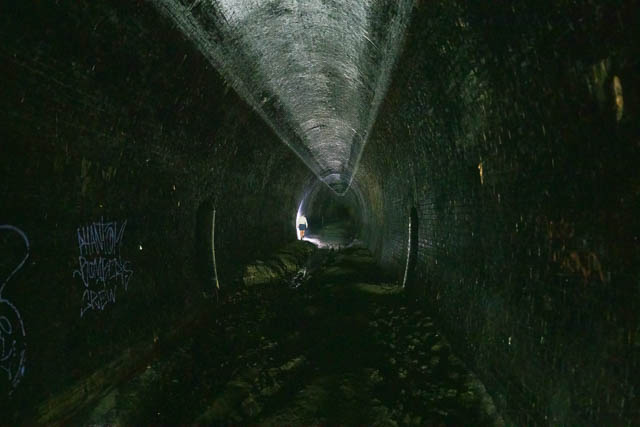
A much shorter tunnel, nearby was the old Helensburgh Tunnel –
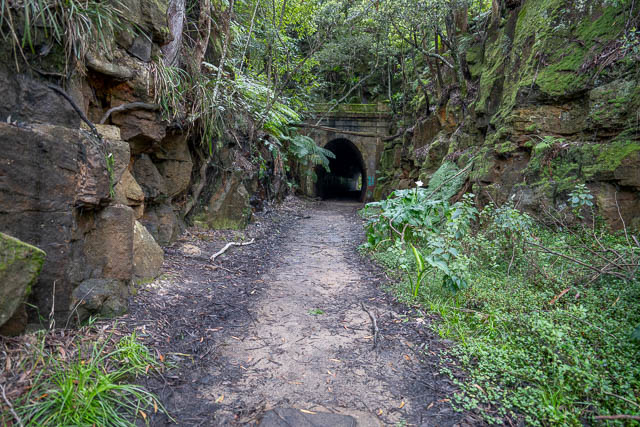
on a previous visit, this tunnel was gated shut. It is now open again.
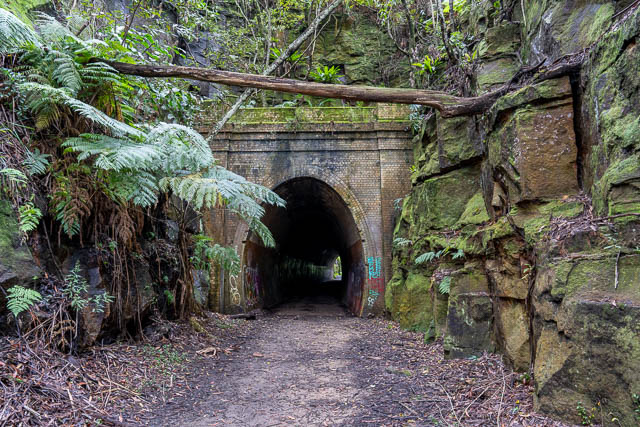
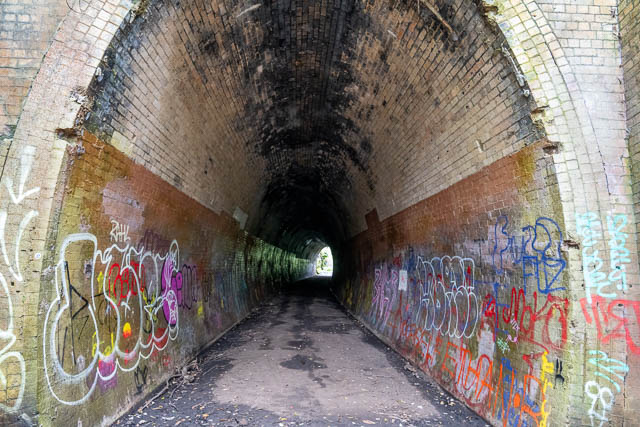
We then drove across to the far side of the railway line, and back over again to the carpark for the Cawley Tunnel. We then had short walk along a fire road over a hill.
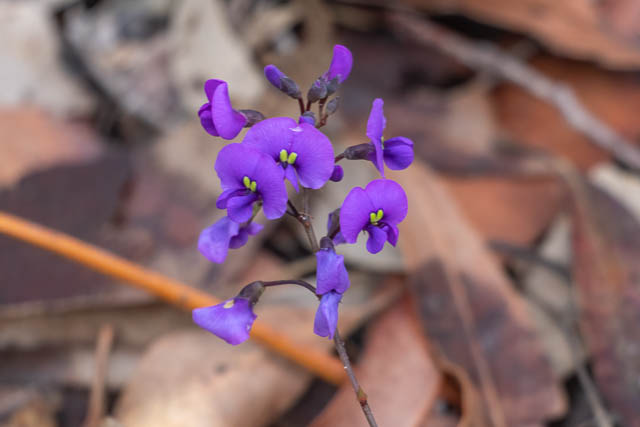
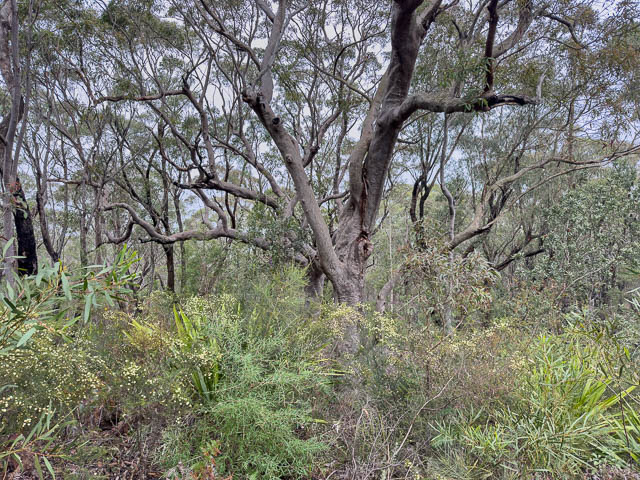
We wanted to stop for lunch, and Bob noticed an old picnic area marked on his map. We found it, a short way along a side road, but it was derelict and overgrown.
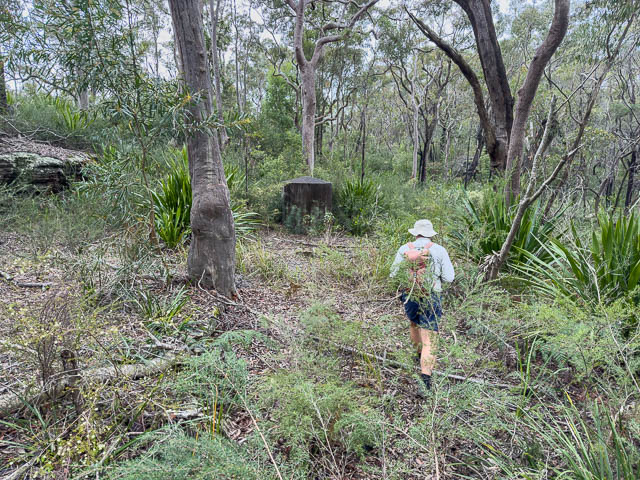
Golden Whistler
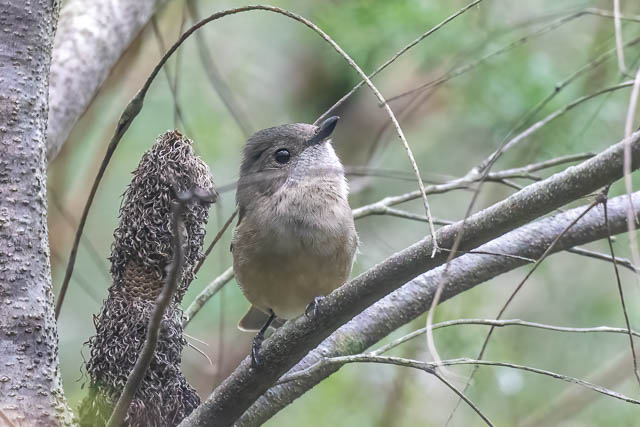
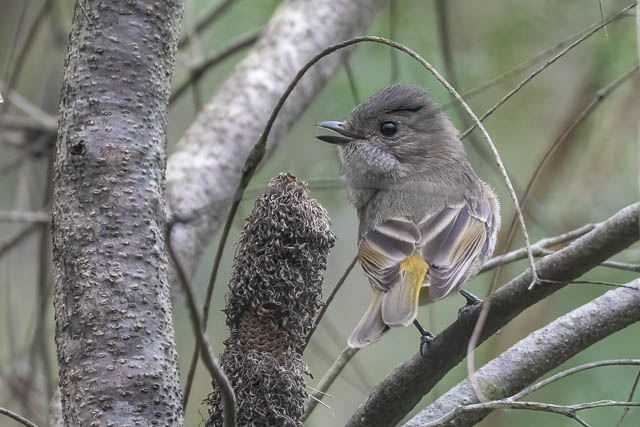
One over the hill, we saw a cutting to the right, and kept going along the fire road, till we reached a track that leads down into it.
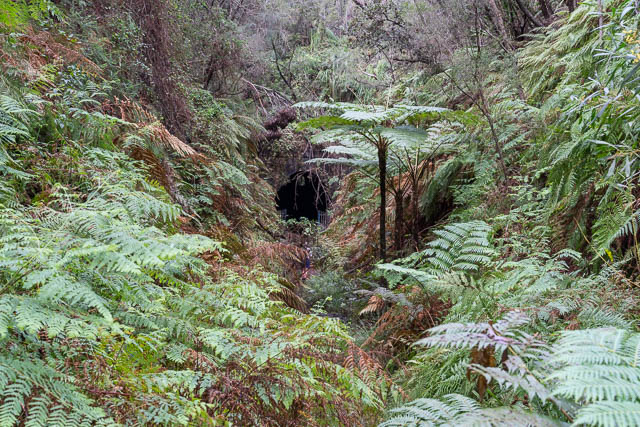
The short walk to the portal of the Cawley Tunnel was extremely muddy!
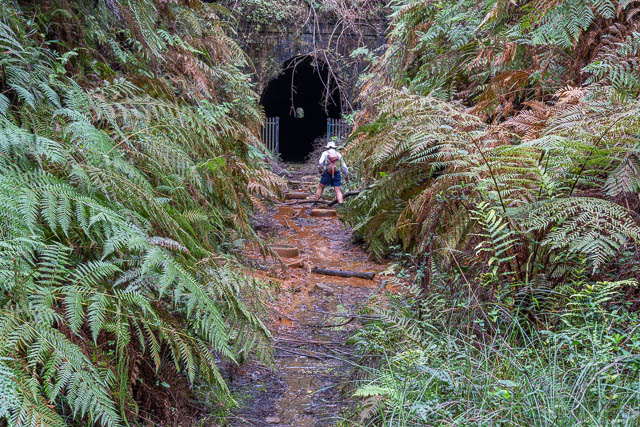
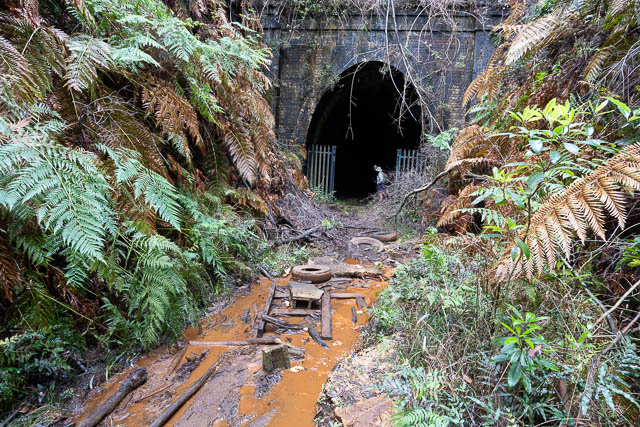
But once inside – it was dry and easy walking.
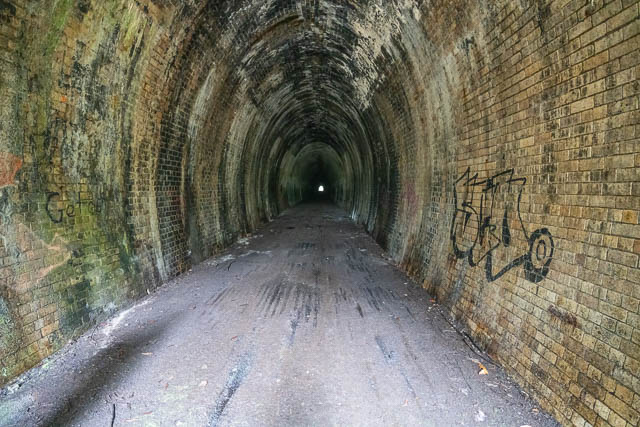
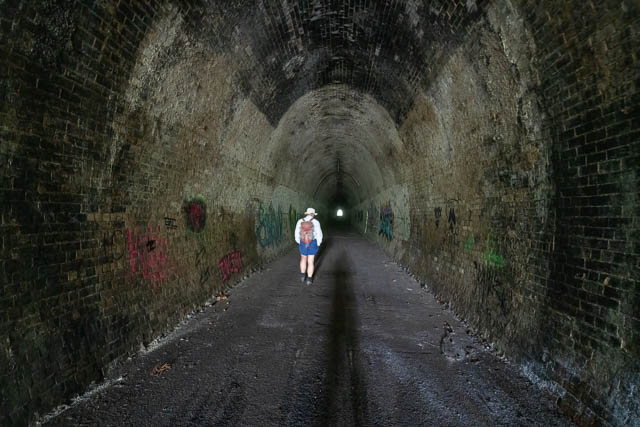
At the souther portal of the Cawley Tunnel, there is a concrete slab. There we found a track that led us back to the carpark.
The Horse Troughs
And then, on the way home, we detoured to Audley and up to Artillery Hill, where, with some effort, and a bit of very useful help from a NPWS officer who happened to be in the area, we located two heritage horse troughs –
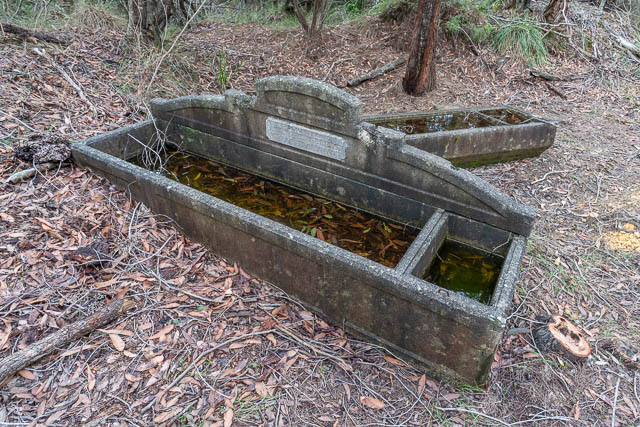
One is an Annis and George Bills donated horse trough.

The other was built by Richard Taylor of Marrickville –
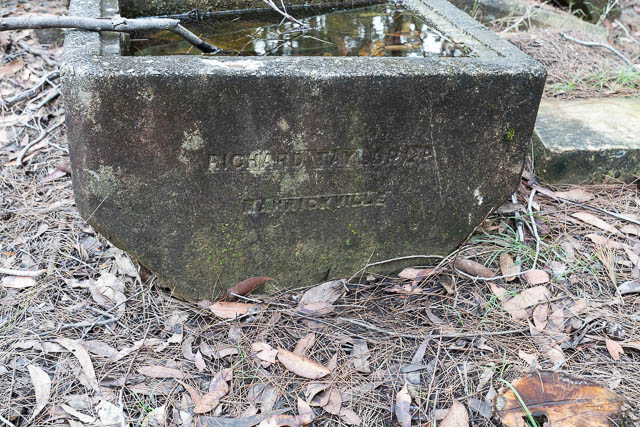
These two troughs had once been placed at Audley, when many visitors arrived by horse. At some stage they were removed and dumped at a tip at Artillery Hill.
Blue Mountains based historian John Low writes –
Scattered around our urban and rural areas there are still many old horse troughs surviving in various states of preservation, neglect and decay. Lacking the glamour of grand historic buildings or public monuments they often don’t fit easily into ‘heritage plans’ but, in fact, there very ‘ordinariness’, their simple functionality, that readily invites reflection and an imaginative engagement with a time when the clip and clop of hooves, the jingle of harness, the crack of a whip and the smell of manure were all part of a sensory backdrop to life that is absent today.
To see the history of these troughs see John Low’s article here.
I understand that soon the National Parks and Wildlife Service will restore these historic troughs back to Audley.
